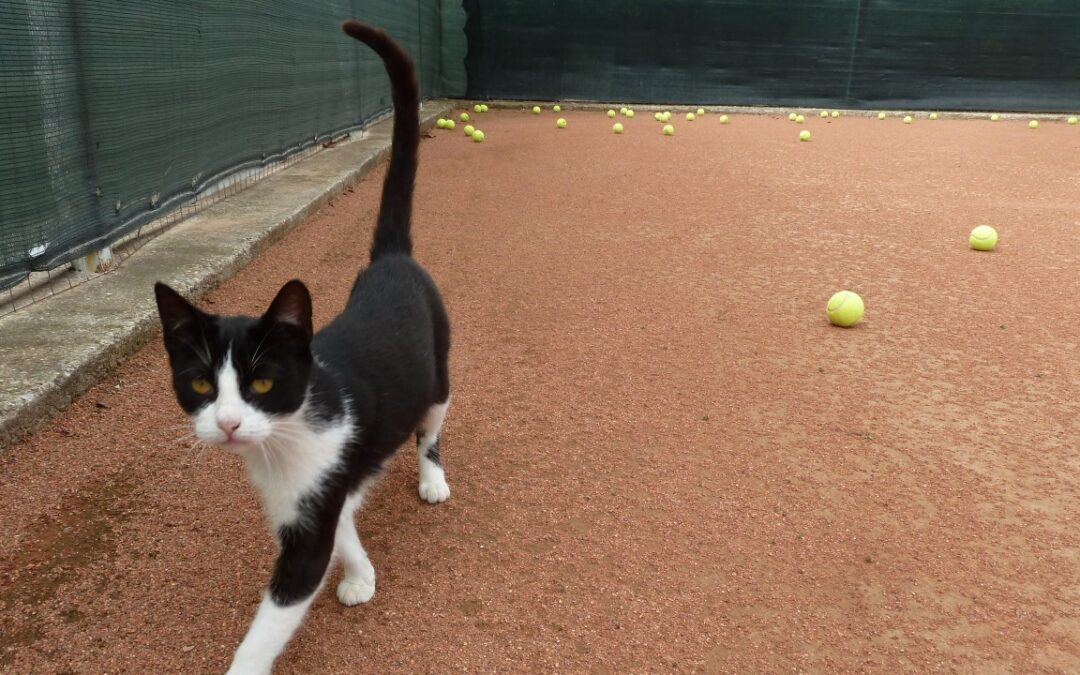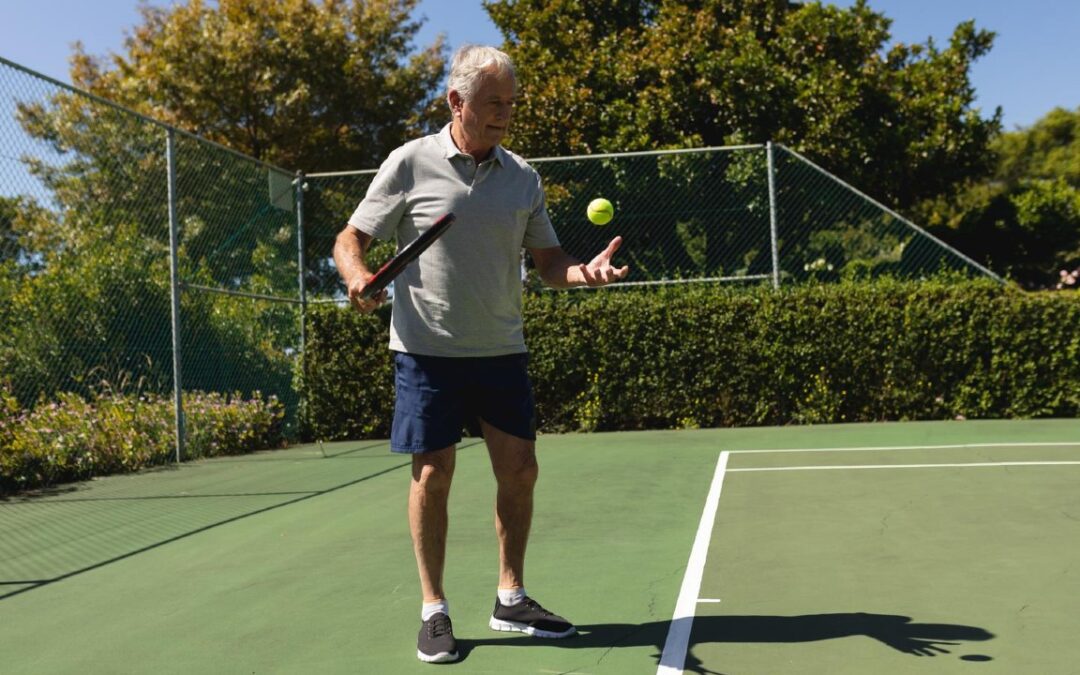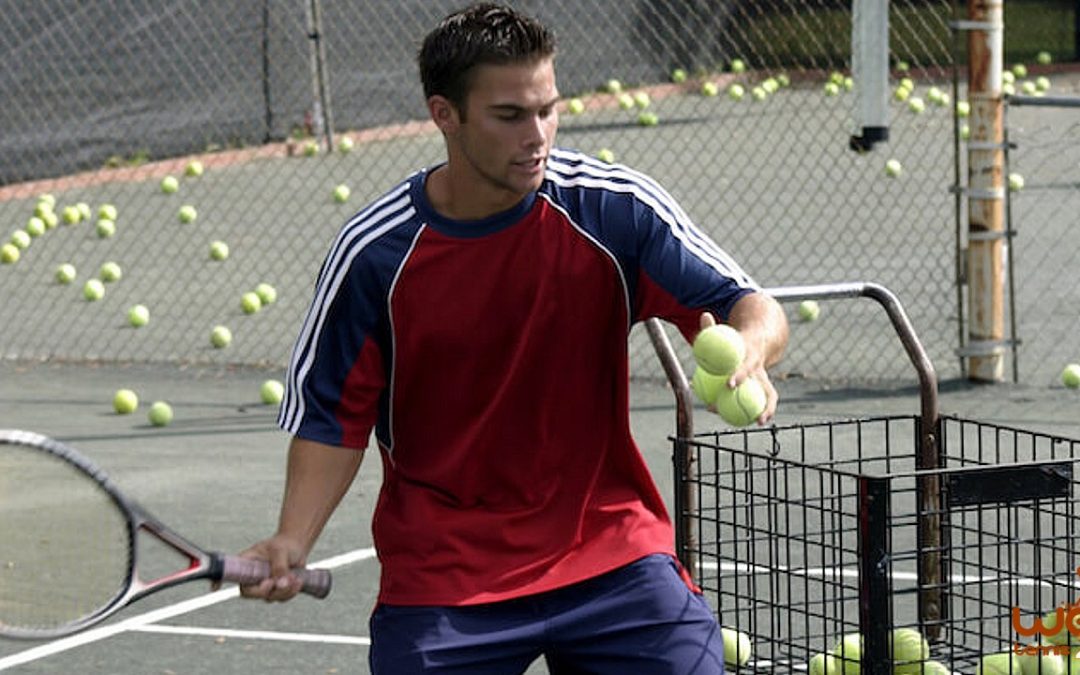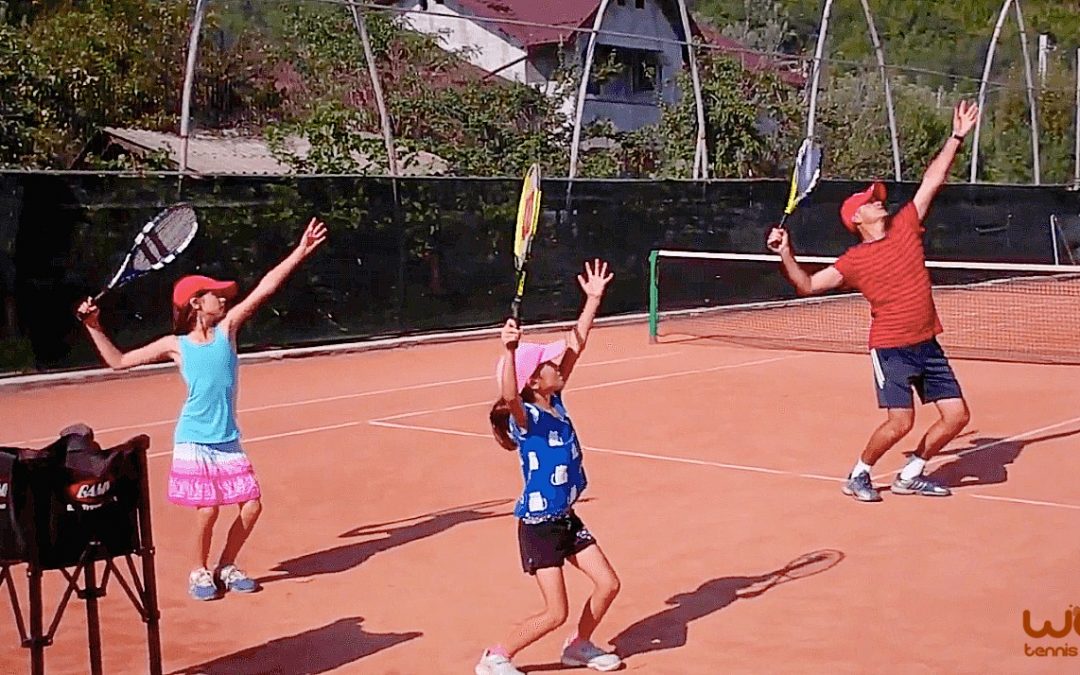
Tennis Parenting: TWO RULES On and Off the Court
After watching the latest My Daddy / My Coach live lesson (where I teach my two daughters), one of our site members asked: how come the girls seem to behave so well, with patience and listening to all my instructions?
He wanted to know the “behind-the-scene” tips I tell my daughters considering that, as a parent, it is not so easy to teach your own children.
Well, first of all, they see the camera pointing at them and know this should be a serious tennis lesson. (:
Besides this, we’ve had many “talks” to try to make them understand the difference of me as a tennis coach and me as a father:
– I try not to talk too much about tennis in the house.
When we watch tennis matches, together, on TV, we do that only if they willingly join me; I never tell them to watch tennis with me.
Teaching, by example, is best: when I express my passion for tennis, they think it is fun and will want to join me. Only then I point out some of the technical and tactical elements the pros do.
Tip: Whatever you communicate to them, keep it short: under 15-20 seconds. Otherwise, their mind wanders off.
– When stepping on the court with my two daughters (by the way, they are 9 and 8 years old), I expect and tell them to listen to everything I say: when I speak, it is an instruction that I demand that they should pay attention to.
Sometimes, after I give them tennis advice (tactical or technical) I ask one of them to repeat what I said. In this way, I keep them focused on my instruction and make sure that none of the tips or tricks I tell them are going to waste.
This works great and I encourage every coach to apply it in their tennis lessons.
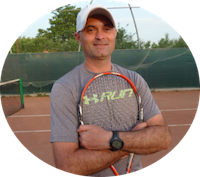
Cosmin Miholca
Certified Tennis Coach
Check out my work at WebTennis24 where I share with you my best video tennis lessons, drills and tips for players, coaches and tennis parents.



